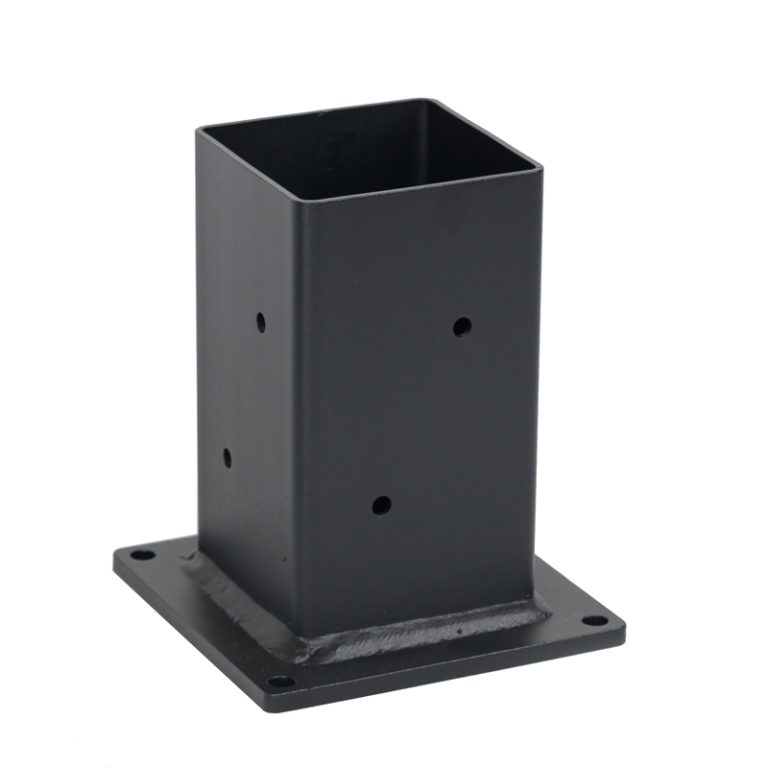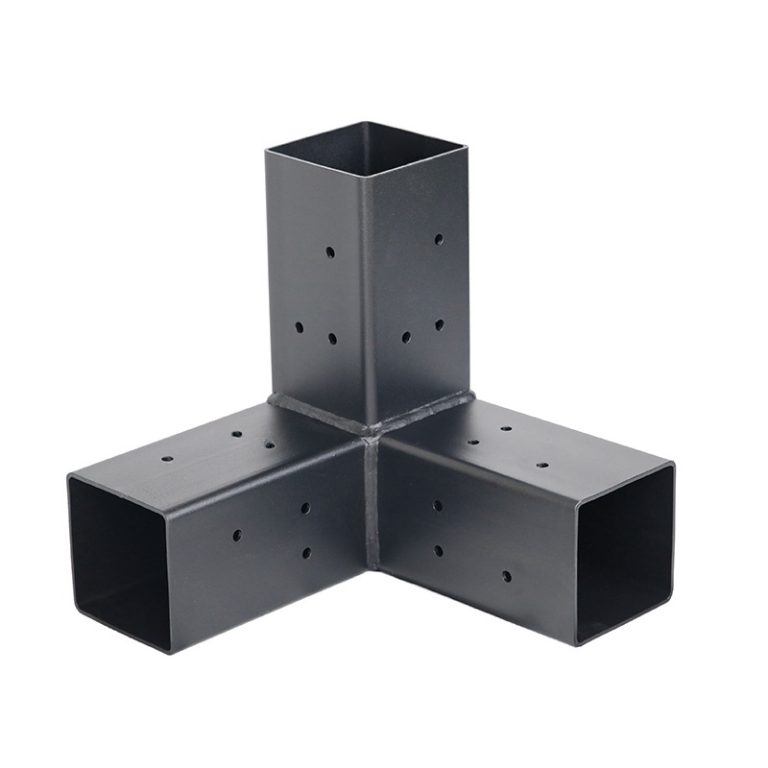Table of Contents
Pros and Cons of Installing a 12 x 12 Pergola in Your Backyard
A 12 x 12 pergola can be a beautiful addition to any backyard, providing a shaded area for relaxation and entertainment. However, before you decide to install a pergola in your backyard, it is important to consider the pros and cons of such a structure. One of the first things to consider is whether or not you need a permit for a pergola in Florida.
In Florida, the requirements for obtaining a permit for a pergola can vary depending on the size and location of the structure. In general, if your pergola is larger than 100 square feet or if it is attached to your home, you will likely need a permit. This is because larger structures and those that are attached to a building can have a greater impact on the surrounding environment and may require additional safety measures to be in place.
Obtaining a permit for a pergola in Florida can be a relatively straightforward process, but it is important to follow the guidelines set forth by your local building department. This may include submitting detailed plans and specifications for the pergola, as well as paying a fee for the permit. Failure to obtain a permit for a pergola can result in fines and other penalties, so it is important to ensure that you are in compliance with local regulations.
One of the main benefits of installing a 12 x 12 pergola in your backyard is the added shade and protection from the elements that it can provide. This can make your outdoor space more comfortable and enjoyable, allowing you to spend more time outside without worrying about sunburn or rain. A pergola can also add visual interest to your backyard, creating a focal point for landscaping and outdoor furniture.
Another advantage of a pergola is that it can increase the value of your home. A well-designed and well-maintained pergola can enhance the overall aesthetic appeal of your property, making it more attractive to potential buyers. In addition, a pergola can provide a sense of privacy and seclusion in your backyard, allowing you to relax and unwind in a peaceful setting.
However, there are also some drawbacks to installing a pergola in your backyard. One potential downside is the cost of materials and labor required to build a pergola. Depending on the size and design of the structure, the cost of a pergola can range from a few hundred to several thousand dollars. In addition, a pergola may require regular maintenance to keep it looking its best, such as painting or staining the wood and replacing any damaged or worn components.
Another consideration is the impact that a pergola can have on the surrounding environment. In some cases, a pergola may block sunlight or obstruct views, which can be a concern for neighbors or for the overall aesthetic of the neighborhood. Additionally, a pergola may require additional landscaping or hardscaping to integrate it into your backyard, which can add to the overall cost and maintenance requirements.
In conclusion, installing a 12 x 12 pergola in your backyard can be a great way to enhance your outdoor living space and increase the value of your home. However, it is important to consider the pros and cons of such a structure before making a decision. If you decide to move forward with a pergola, be sure to obtain any necessary permits and follow local regulations to ensure that your structure is safe and compliant.
Step-by-Step Guide on How to Obtain a Permit for a Pergola in Florida
When it comes to adding a pergola to your property in Florida, there are certain regulations and requirements that must be followed. One of the most important steps in the process is obtaining a permit for the construction of the pergola. In this article, we will provide a step-by-step guide on how to obtain a permit for a 12 x 12 pergola in Florida.
The first step in obtaining a permit for a pergola in Florida is to determine if a permit is actually required. In most cases, a permit is required for any structure that is attached to a building or exceeds a certain size. In Florida, the size limit for a structure that requires a permit is typically 120 square feet. Since a 12 x 12 pergola is 144 square feet, a permit would be required for its construction.
Once you have determined that a permit is required, the next step is to gather the necessary documentation. This typically includes a site plan showing the location of the pergola on your property, as well as detailed construction plans for the pergola itself. These plans should include information on the materials to be used, the dimensions of the pergola, and any other relevant details.

With your documentation in hand, the next step is to submit an application for a permit to the appropriate building department in your area. This can typically be done online or in person, depending on the requirements of the specific jurisdiction. Along with your application, you will need to pay a fee, which can vary depending on the size and complexity of the project.
Once your application has been submitted, it will be reviewed by the building department to ensure that it meets all of the necessary requirements. This process can take anywhere from a few days to a few weeks, depending on the workload of the department and the complexity of the project. During this time, it is important to be patient and to be prepared to provide any additional information or documentation that may be requested.
Once your permit has been approved, you will be issued a permit number that must be displayed on-site during the construction of the pergola. This number serves as proof that the construction is being done in compliance with all relevant regulations and requirements. It is important to ensure that all work is done in accordance with the approved plans and that any inspections required by the building department are scheduled and passed.
In conclusion, obtaining a permit for a 12 x 12 pergola in Florida is an important step in the construction process. By following the steps outlined in this article, you can ensure that your pergola is built in compliance with all relevant regulations and requirements. Remember to be patient, thorough, and diligent in your efforts to obtain a permit, and your pergola will be a beautiful and functional addition to your property.







